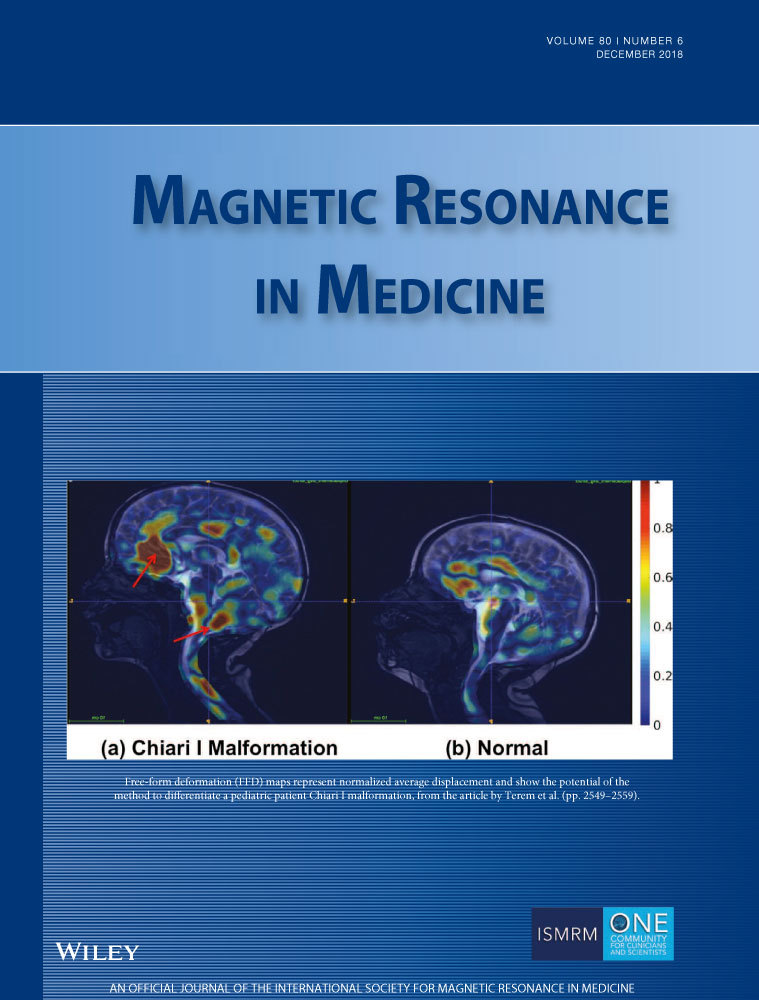A discrete polar Stockwell transform for enhanced characterization of tissue structure using MRI
Funding information: This work was supported by the Natural Sciences and Engineering Research Council of Canada (ID: 418737-2012), the Multiple Sclerosis Society of Canada (ID: 2750), Alberta Innovates – Health Solutions, and the Dutch MS Research Foundation (ID: 09-358d MS)
Abstract
Purpose
The purpose of this study was to present an effective algorithm for computing the discrete polar Stockwell transform (PST), investigate its unique multiscale and multi-orientation features, and explore potentially new applications including denoising and tissue segmentation.
Theory and Methods
We investigated PST responses using both synthetic and MR images. Moreover, we compared the features of PST with both Gabor and Morlet wavelet transforms, and compared the PST with two wavelet approaches for denoising using MRI. Using a synthetic image, we also tested the edge effect of PST through signal-padding. Then, we constructed a partially supervised classifier using radial, marginal PST spectra of T2-weighted MRI, acquired from postmortem brains with multiple sclerosis. The classification involved three histology-verified tissue types: normal appearing white matter (NAWM), lesion, or other, along with 5-fold cross-validation.
Results
The PST generated a series of images with varying orientations or rotation-invariant scales. Radial frequencies highlighted image structures of different size, and angular frequencies enhanced structures by orientation. Signal-padding helped suppress boundary artifacts but required attention to incidental artifacts. In comparison, the Gabor transform produced more redundant images and the wavelet spectra appeared less spatially smooth than the PST. In addition, the PST demonstrated lower root-mean-square errors than other transforms in denoising and achieved a 93% accuracy for NAWM pixels (296/317), and 88% accuracy for lesion pixels (165/188) in MRI segmentation.
Conclusions
The PST is a unique local spectral density-assessing tool which is sensitive to both structure orientations and scales. This may facilitate multiple new applications including advanced characterization of tissue structure in standard MRI.




